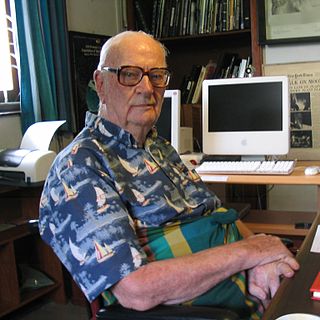
Hard science fiction is a category of science fiction characterized by concern for scientific accuracy and logic. The term was first used in print in 1957 by P. Schuyler Miller in a review of John W. Campbell's Islands of Space in the November issue of Astounding Science Fiction. The complementary term soft science fiction, formed by analogy to hard science fiction, first appeared in the late 1970s. The term is formed by analogy to the popular distinction between the "hard" (natural) and "soft" (social) sciences, although there are examples generally considered as "hard" science fiction such as Isaac Asimov's Foundation series, built on mathematical sociology. Science fiction critic Gary Westfahl argues that neither term is part of a rigorous taxonomy; instead they are approximate ways of characterizing stories that reviewers and commentators have found useful.

Paul J. McAuley is a British botanist and science fiction author. A biologist by training, McAuley writes mostly hard science fiction. His novels dealing with themes such as biotechnology, alternative history/alternative reality, and space travel.
Ian R. MacLeod is a British science fiction and fantasy writer.
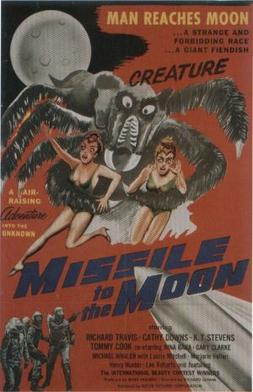
Missile to the Moon is a 1958 independently made American black-and-white science fiction film drama, produced by Marc Frederic, directed by Richard E. Cunha, that stars Richard Travis, Cathy Downs, and K. T. Stevens. The film was distributed by Astor Pictures and is a remake of an earlier Astor Pictures-distributed film, Cat-Women of the Moon (1953). Missile to the Moon was released in late 1958 as a double feature with Cunha's Frankenstein's Daughter.

Tranquility Base is the site on the Moon where, in July 1969, humans landed and walked on a celestial body other than Earth for the first time. On July 20, 1969, Apollo 11 crewmembers Neil Armstrong and Buzz Aldrin landed their Apollo Lunar Module Eagle at approximately 20:17:40 UTC. Armstrong exited the spacecraft six hours and 39 minutes after touchdown, followed 19 minutes later by Aldrin. The astronauts spent two hours and 31 minutes examining and photographing the lunar surface, setting up several scientific experiment packages, and collecting 47.5 pounds (21.5 kg) of dirt and rock samples for return to Earth. They lifted off the surface on July 21 at 17:54 UTC.

Allen Mulherin Steele, Jr. is an American journalist and science fiction author.
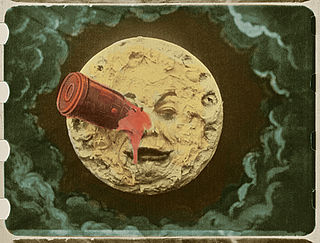
The Moon has appeared in fiction as a setting since at least classical antiquity. Throughout most of literary history, a significant portion of works depicting lunar voyages has been satirical in nature. From the late 1800s onwards, science fiction has successively focused largely on the themes of life on the Moon, first Moon landings, and lunar colonization.
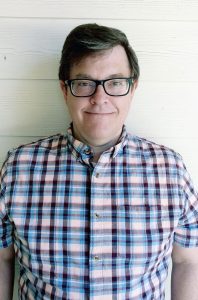
Jess Nevins is an American author and research librarian best known for annotated guides and encyclopedias covering Victoriana, comic books, genre fiction and pulp fiction. Among Nevin's books are Encyclopedia of Fantastic Victoriana,Horror Fiction in the 20th Century and Encyclopedia of Golden Age Superheroes. He has been a recipient and finalist for a number of honors, including the World Fantasy, Sidewise, and Locus Awards.

Tranquillity Park is a municipal park in Houston, Texas.
Joseph Robert Conroy was an author of alternate history novels.
Lois Tilton is an American science fiction, fantasy, alternate history, and horror writer who has won the Sidewise Award and been a finalist for the Nebula Award. She has also written a number of innovative vampire stories.

My Real Children is a 2014 alternate history novel by Welsh-Canadian writer Jo Walton, published by Tor Books. It was released on May 20, 2014.

Eric G. Swedin is an American author of science fiction and academic nonfiction works. He is a professor of history at Weber State University in Utah. Swedin is the 2010 long form winner of the Sidewise Award for his alternate history novel When Angels Wept: A What-If History of the Cuban Missile Crisis. He was a consultant for the Emmy Award-winning documentary, Clouds Over Cuba, which was created for the John F. Kennedy Presidential Library and Museum.

The Falling Astronauts is a science fiction novel by American writer Barry N. Malzberg, first published in 1971 in a paperback edition by Ace Books.
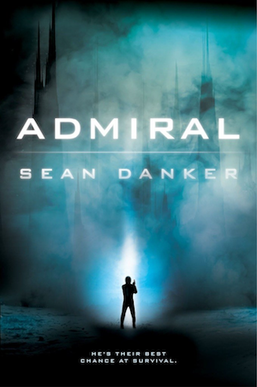
Admiral is a military science fiction novel by Sean Danker, published by Roc Books on May 3, 2016. A mix of mystery, horror, and science fiction, the novel follows four strangers stranded on a mysterious planet who must work together to stay alive.

The Calculating Stars is a science fiction novel by American writer Mary Robinette Kowal. The book was published by Tor Books on July 3, 2018. It is the first book in the "Lady Astronaut" series and is a prequel to the 2012 short story "The Lady Astronaut of Mars".

V-S Day: A Novel of Alternate History is a 2014 science fiction novel by American writer Allen Steele. It was first published in the United States in February 2014 by Ace Books. The story is set during an alternate history of World War II and is about a space race between Germany and the United States. Some of the historical figures included in the book are rocket scientists Wernher von Braun and Robert H. Goddard.




















